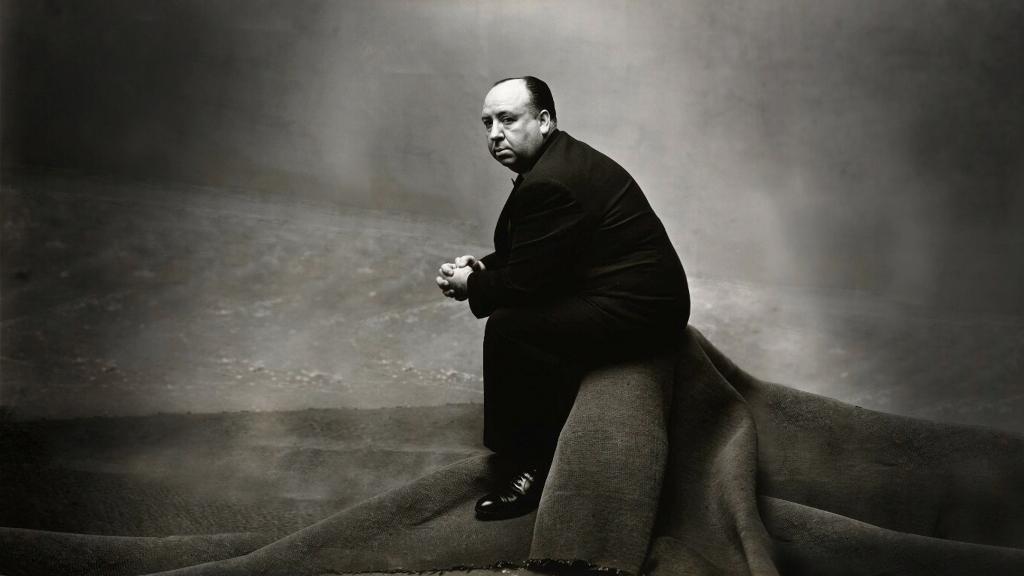The 95th Academy Awards are taking place at the Dolby Theatre in Hollywood on Sunday, March 12. The 95th year! It’s hard to believe that it’s been almost a whole century since the first Oscars were handed out at a short, private ceremony at the Blossom Ballroom in the Hollywood Roosevelt Hotel.
I applied to the Academy of Motion Picture Arts and Sciences for press credentials to the Oscars, but I sent my application too late. I thought it would be a good idea to cover the event if I could, but, frankly, I’m relieved I didn’t have to. I neither know nor care about any of the actors or nominees, and I doubt you readers care much more about today’s celebrities and the latest releases. I’ll just wait until Monday morning to skim through the news and see whether the star-studded event included any controversial losses, Satanic rituals, or violent assaults by winners.

A Depression Era Story
This Frank Capra movie, regarded as the first screwball comedy, is a classic rich girl meets poor man love story. Ellie Andrews (Claudette Colbert) is an heiress who impulsively marries a news-seeking playboy, King Westley (Jameson Thomas), against her father’s wishes. Millionaire Alexander Andrews (Walter Connolly) has his daughter kidnapped right after the ceremony and held prisoner on his yacht in Florida, planning to get her marriage annulled. However, Ellie refuses to be controlled any longer, so she jumps overboard and swims to shore. With her father’s detectives hot on her trail, she pawns her wedding ring to buy simple clothes and a ticket for a night bus headed to New York, where King is waiting for her.
On the bus, Ellie meets a loudmouthed, drunken reporter named Peter Warne (Clark Gable). After having a fight on the telephone with his editor, Joe Gordon (Charles C. Wilson), Peter heads to New York, immediately getting into a disagreement with Ellie over seating arrangements. At one of their stops, Ellie’s bag is stolen, prompting Peter to take more notice of her. Soon, he figures out her real identity, recognizing her from local newspapers, and he sees a great opportunity. Instead of turning her over to her father for the promised reward, he decides to help her get to New York without being discovered so he can get a scoop on her story.
Pre-Code, Pre-Capra
You may or may not be familiar with the movie term “Pre-Code.” This film’s Wikipedia page was the first place I heard or read about the term more than seven years ago. It created a mild curiosity that grew into a passion for Hollywood history, leading to my becoming a blogger and then a journalist. Even if it doesn’t mold your career trajectory, learning about Pre-Code films will change the way you watch old movies. The term means before the enforcement of the Motion Picture Production Code, which began with the formation of the Production Code Administration (PCA), a branch of the Motion Picture Producers and Distributors Association (MPPDA), in July 1934. This chapter of cinematic history is complex and confusing. The Code is nicknamed the Hays Code after Will H. Hays, the first MPPDA president, but he did not write it, as commonly believed—Martin J. Quigley and Father Daniel A. Lord did. Their documents’ official title is The Motion Picture Production Code of 1930, which was when it was officially adopted by the MPPDA. However, the Studio Relations Committee (SRC), a PCA branch formed to enforce the Code’s guidelines for proper film content, was thoroughly ineffectual for four years. Thus, 1930-1934, the early talking picture period generally recognized as the “Pre-Code Era,” was not before the Code’s existence—it just was before they figured out how to use it!
What Happened One Night?
Films released in 1934 are where the whole Pre-Code situation gets really confusing. Many movies were in production or had just finished primary filming when the PCA was formed in July. After ignoring the SRC throughout production, they suddenly had to heed the Code-enforcers if they wanted to receive Seals of Approval for distribution throughout the United States. Oftentimes, there was little the PCA could do with the films at this point, since they had already begun production with scripts which violated the Code. The purpose of the Code was not to censor finished films; it was to guide filmmakers throughout production to help them make clean movies from the start. Most early Code films don’t meet the decency standards of later Code films, since it took a while for Hollywood to embrace the strange new concept of decency.
Many of the films “It Happened One Night” competed with at the Oscars were released later in the year as early Code films. It’s not surprising that an uncomplicated Pre-Code film would stand out as being artistically better, thus winning Best Picture, Best Actor, Best Actress, Best Director, and Best Adaptation. Although proper Code enforcement would help films be more entertaining than ever, many 1934 Code films were caught in limbo.
“It Happened One Night” is entertaining, and it’s a fascinating glimpse into the unique world of America in 1934. However, if you’re looking for the heartwarming nostalgia Frank Capra films usually provide, you won’t find much here. The only moment which even hints at “Capracorn” is when a young boy on the bus (George P. Breakston) tearfully panics after his mother faints. When Ellie learns that they are starving, she gives the lad her bottom dollar. This is a brief testament to the leading lady’s unselfish generosity and a tableau of the Depression Era. However, this movie’s everyman lacks the power of later Capra heroes because he lacks their moral fiber. This Oscar Sunday, I invite you to rent or buy this film on Amazon Video or YouTube and consider how greatly the Code influenced even the noblest of filmmakers, Frank Capra. If it encouraged him to make his inspiring movies, could it motivate today’s filmmakers to pursue a higher standard?





